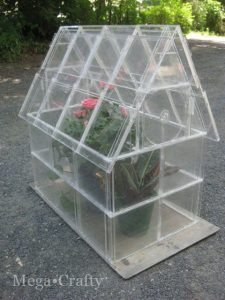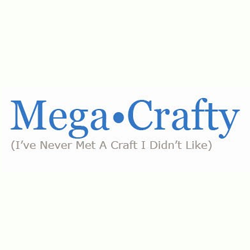Like PVC and the types of polyethylene, polystyrene comes in two types: ‘expanded’ , or a solid, clear plastic.
Styrofoam is colloquially used worldwide to refer to EPS, but is actually a trademarked brand of closed-cell extruded polystyrene foam (XPS), commonly called ‘blue board’, used as building insulation in walls, roofs, and foundations.
Rigid polystyrene is commonly injection molded, vacuum formed, or extruded, and is used in things like:
- Food containers such as yoghurt pots, although many companies are now moving away from using it and towards PP
- CD (Compact disc) cases/Jewel cases
- Cafeteria trays
- Disposable plastic cutlery and dinnerware
- Disposable coffee cups, Coffee cup lids
- Disposable razors
- Cosmetic packs
- Toys
- Video cassettes and cases
- Bottles for dry products, including vitamins, petroleum jellies, and spices
- Number plates/license plate frames
- Petri dishes and test tubes
 Recycling
Recycling
PS cannot be recycled easily. The challenge with recycling expanded polystyrene is that 95 per cent of it is made of air and so its bulk and low weight makes it inefficient to move around. However, when compacted it can be commercially viable to recycle it. This means that it actually has a very high recycling rate between businesses, but not from households.
When it is recycled, it is melted and turned into pellets; expanded polystyrene scrap can be added to products such as EPS insulation sheets and foam scrap can be used in the production of clothes hangers, toys, outdoor furniture and flower pots.
It is too lightweight to be economical to recycle, usually incinerated instead.
It is a significant form of litter as it blows in the wind and floats on water, accumulating particularly along shores and waterways, especially in its foam form, and in the Pacific Ocean. Animals do not recognise polystyrene foam as an artificial material and may even mistake it for food. It can have serious effects on the health of birds or marine animals that swallow significant quantities.
Many countries have now banned expanded polystyrene food packaging and products,
 Properties
Properties
- PS is transparent/clear, glossy and rigid
- It has a relatively low melting point
- According to Precious Plastic – offers great aesthetic and haptic properties as it is comparable with glass and can be polished
- Low mould shrinkage
- Good insulator
CONS:
- It exhibits poor impact resistance/brittle
- It is a poor barrier to oxygen and water vapour
- Poor wear resistance
- Poor chemical resistance
Expanded polystyrene;
- Buoyancy
- It dissolves quickly when exposed to acetone
- It typically combusts incompletely as indicated by a sooty flame
How can I tell if something is made of PS? See CIWM/WasteAid guide
1. Look: PS is rigid and shiny. EPS is usually white and made of pre-expanded polystyrene beads. It often has the number 6 on the base.
2. Feel: EPS is rigid and tough, but crumbles into separate grains. (This is different to the kind of foam used in furniture and car seats, called Polyurethane foam.)
3. Float test: PS and EPS float in water.
4. Flame test (PS and EPS):
- Yellow flame
- Burns quickly
- Plastic drips
- Smells like gasoline
- Dense black smoke with soot (floating particles).
 WARNING
WARNING
It is one of the more toxic plastic types. While burning PS, styrene can be released.
Sources


 Recycling
Recycling Properties
Properties WARNING
WARNING

